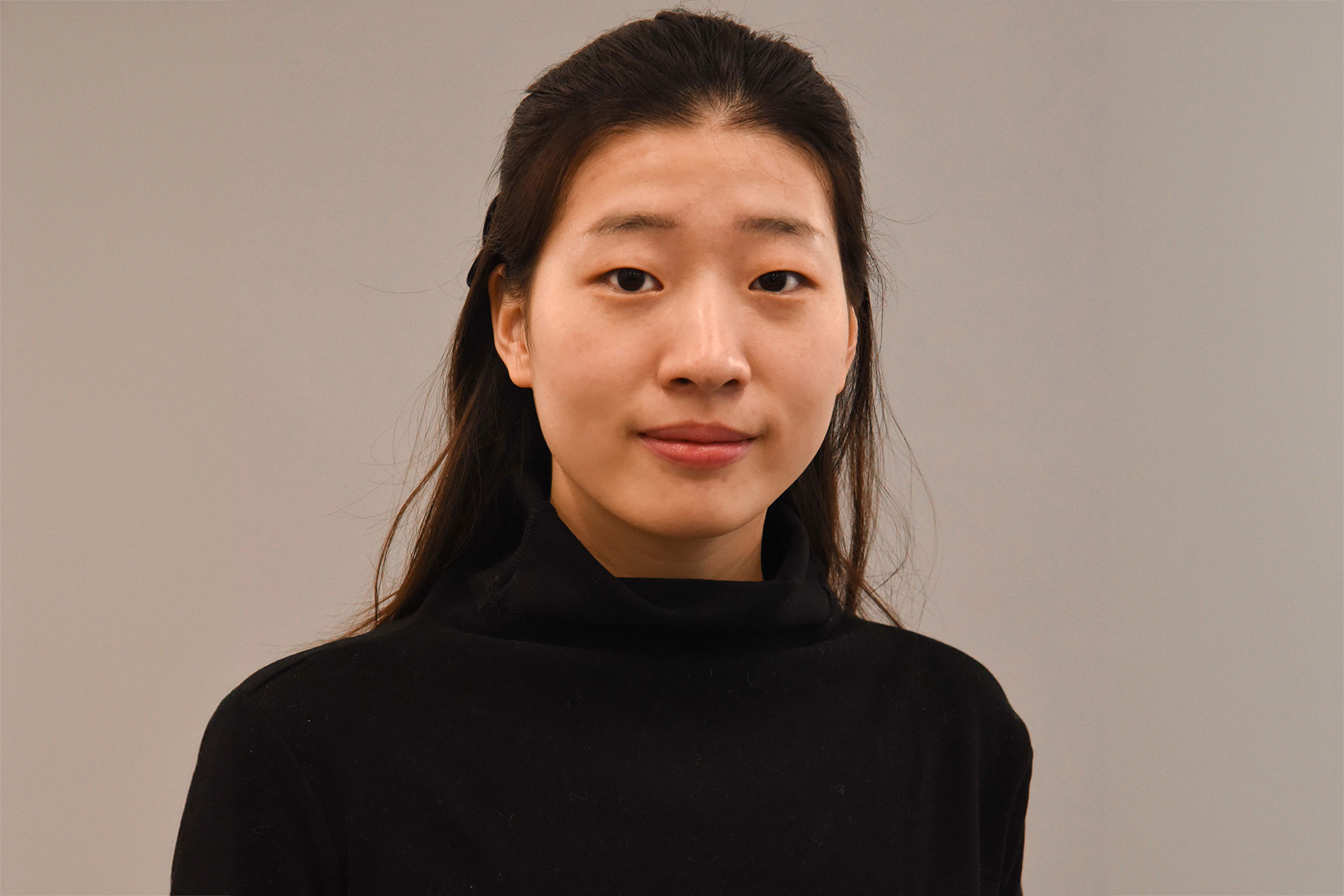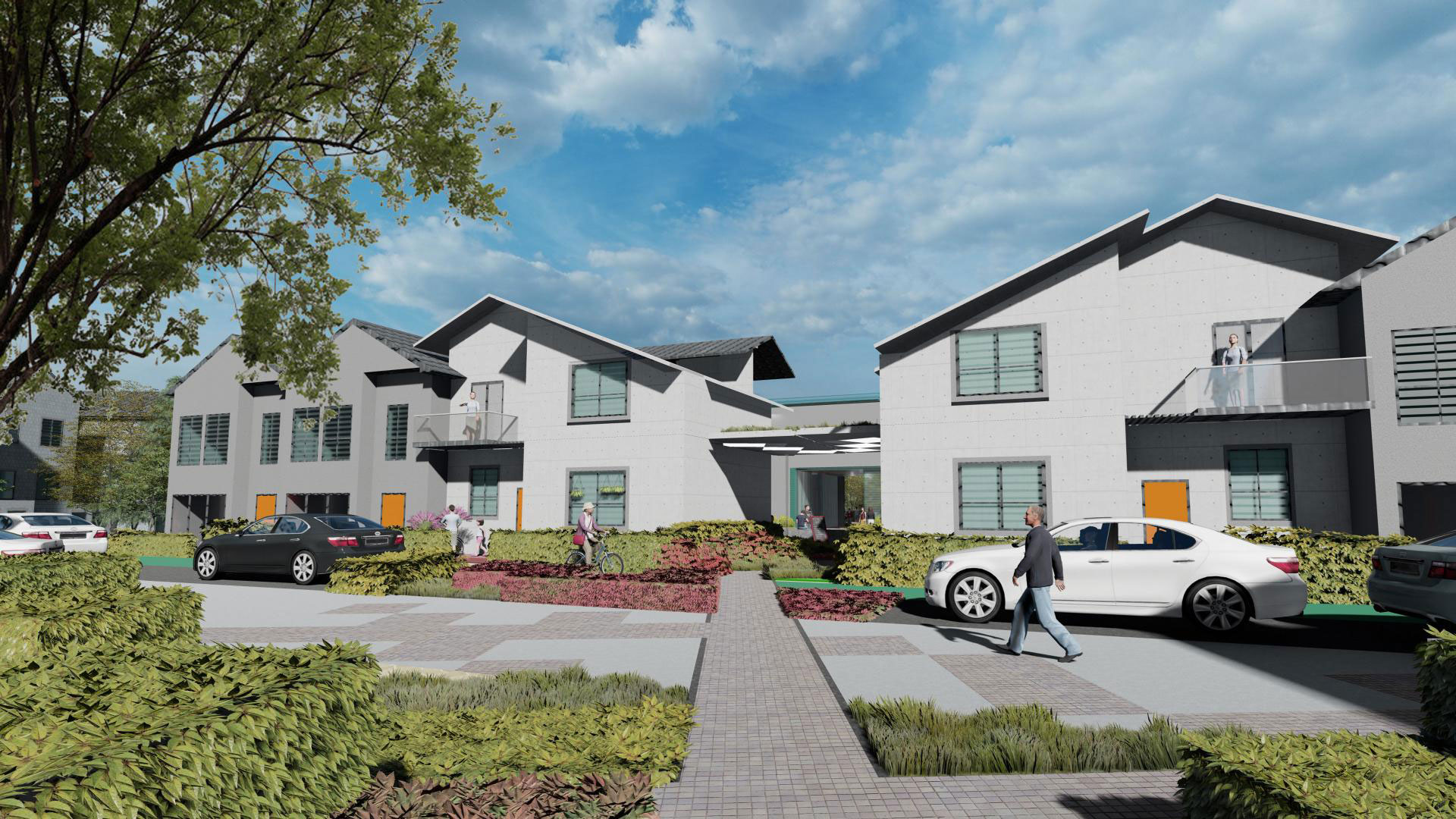1Please give us a brief bio of yourself, your background, and your job profile.
I am a landscape architect and urban designer. My experience includes design research in the United States, focusing on sustainable urban spaces and infrastructure. Now, I apply this knowledge in professional practice, creating designs that balance ecological sustainability with urban needs, from public parks to large development projects.
2What is your role in the company?
As a designer, I make key design decisions and translate creative ideas into practical implementation and construction drawings. My role involves collaborating with the team to ensure that each project is meticulously planned and executed, bringing innovative and sustainable designs to life while meeting both aesthetic and functional goals.
3Please tell us more about your company / organization.
My company is a welcoming studio dedicated to nurturing talent and fostering creative ideas. We provide a supportive environment where innovative concepts can flourish, encouraging collaboration and growth among our team members. Our focus is on delivering exceptional design solutions that reflect our commitment to excellence and creativity.
4Congratulations! As the winner of the 2024 TITAN Property Awards, what does it mean for you, your team, and your organization, to receive this distinction?
I am truly honored to receive the 2024 TITAN Property Award. This recognition is a testament to the hard work I've put in. It validates my commitment to creating impactful and sustainable designs that benefit communities. Winning this award inspires me to continue pushing the boundaries of innovation and excellence in future projects.
5Could you briefly explain about the winning project / title you entered into the 2024 TITAN Property Awards, and why you chose to enter this project?
Square Root is a mixed-use residential community located in State College, Pennsylvania. The concept emphasizes inclusivity with three types of housing for various incomes, a dog park, playground, and affordable living options. It also fosters conviviality through features like a marketplace, greenhouse, community garden, and community center for events such as movie nights.
Additionally, it promotes walkability with connections to nearby bus stops, designated bike lanes, and a walking boulevard. I chose this project because it celebrates these principles and encourages a shift from the current car-centered neighborhood design trend, promoting a more sustainable and community-focused lifestyle.
6What were the biggest challenges you faced with this project?
The biggest challenge is designing a variety of gardens, from private to semi-public to public community centers, that cater to all residents' needs. This demands a deep understanding of garden space enclosures and the unique activities each space will host. For instance, private yards should offer quiet spaces for reading or stretching, with perennials, shrubs, and intimate seating areas for privacy.
Conversely, communal plazas for events like movie nights need open, flexible spaces to accommodate hundreds of people simultaneously. Balancing the intimacy and openness of these spaces is a significant challenge for this project.
7How has winning this award developed your practice / career?
As I expand my practice into more diverse mixed-use projects, this project serves as a pioneer and catalyst for my transition. I have integrated numerous design elements typically found in town centers, creating vibrant social spaces within a residential community. By designing mixed-use projects, I gain a deeper understanding of the needs of various user groups, enhancing my ability to create spaces that cater to a wide range of residents.
8For Property Developer, Architect and Designer, what makes a “good” property design?
A ‘good’ property design prioritizes the needs of end users, ensuring functionality and adaptability. This entails prioritizing usability and space efficiency to meet occupants' requirements. Additionally, it involves designing spaces that can easily adapt to various uses and evolving lifestyles over time.
9Describe your property design style and its main characteristics.
My design approach revolves around employing a consistent design language while infusing elements to create a striking visual impact. In this particular project, I've embraced a square-centric theme, incorporating squares into various aspects such as pavements, shelter structures, planting beds, and layouts. This not only lends a distinctive and thematic character to the design but also enhances its functionality.
10What made you / Why did you choose to become an artist / designer / real estate agent / property developer?
Design becomes truly impactful when it integrates seamlessly into people's daily lives, whether through inhabiting spaces, engaging with them, or simply encountering them regularly. By embedding design into these everyday experiences, it has the power to enhance the quality of life for individuals. That’s why I became a designer.
11What’s your favorite kind of design and why?
I appreciate designs that reveal their brilliance gradually, surprising and delighting observers as they uncover the intricacies and thoughtful solutions woven into the details. It's in these moments of discovery that the true creativity and innovation of the designer shine through, leaving a lasting impression.
12What led you / your organization to become successful within the industry you are currently in?
I prioritize understanding the broader context before delving into specifics, a trait that distinguishes my approach. This enables me to effectively balance various elements and identify the core issues early on, preempting potential challenges. By pinpointing pain points and addressing them proactively, I ensure smoother project progression and mitigate potential complications.
13What makes your country specifically unique in the design industry?
Having studied and worked primarily in the United States, I recognize the design industry's potential to influence and educate clients about sustainable practices. Promoting eco-friendly designs can yield mutual benefits. It's crucial to voice better ideas that enhance environmental sustainability and strengthen the design industry, fostering a more impactful and responsible practice.
14Do you think your country and its cultural heritage had an impact on your design process?
Cultural heritage significantly influences the design process and outcomes. A design must harmonize with its surroundings, respecting the local context and culture. This ensures that it meets the needs of the community and resonates with its cultural identity, creating spaces that are both functional and meaningful.
15How has the country, you are based in, helped move your industry forward?
A culture that values sustainability and design excellence encourages continuous improvement and pushes the industry to adopt more forward-thinking, eco-friendly practices. These factors collectively drive progress and elevate the standards within our field.
16For Real Estate Agent, what does “real estate” mean to you?
For a Real Estate Agent, "real estate" is fundamentally about enhancing people's lives and supporting better living. It's about creating and connecting individuals with spaces that improve their quality of life. As designers, our ultimate goal is to develop designs that serve people, ensuring that every property contributes positively to their daily experiences and well-being.
17What are your top THREE (3) favorite things about the real estate industry?
I love the close connection between real estate and people's living spaces, which creates a sense of belonging and community. The industry also fosters personal connections, allowing professionals to build meaningful relationships with clients and understand their unique needs.
Additionally, each property presents distinct challenges, intriguing strategic thinking, and creativity, making every project an exciting opportunity for innovation and problem-solving. These aspects make the real estate industry incredibly rewarding and dynamic.
18Where do you see the evolution of the real estate industry in the next 5-10 years?
The need for quality housing is perpetual. Even in the absence of major new construction projects, there's a constant demand for renovations in older cities
19What resources would you recommend to someone who wants to improve their skills in the real estate industry?
Enhance your understanding of the real estate industry and expand your professional network. These events provide valuable opportunities to connect with experienced professionals, learn about industry trends, and gain insights into successful strategies.
Additionally, networking allows you to exchange ideas, seek advice, and potentially collaborate on future projects. By actively participating in networking events and meetups, you can cultivate relationships that may lead to new opportunities and further your career in real estate.
20Who has inspired you in your life, and why?
Jan Gehl, a Danish architect and urban designer has had a profound impact on me. His commitment to prioritizing people is undoubtedly inspiring, and improving the relationship between the built environment and people's quality of life. His work has not only reshaped cities but also transformed the way we think about urban spaces, emphasizing the importance of human-scale design and creating environments that enhance people's well-being and quality of life.
21What is your key to success? Any parting words of wisdom?
Believing in what you can do, and that you will achieve it, sooner or later.
22Do you have anything else, which we haven’t covered, that you would like to include in this interview?
Again, I appreciate the TITAN Award for featuring my work; I hope it inspires others to pursue their passions with dedication and perseverance.




